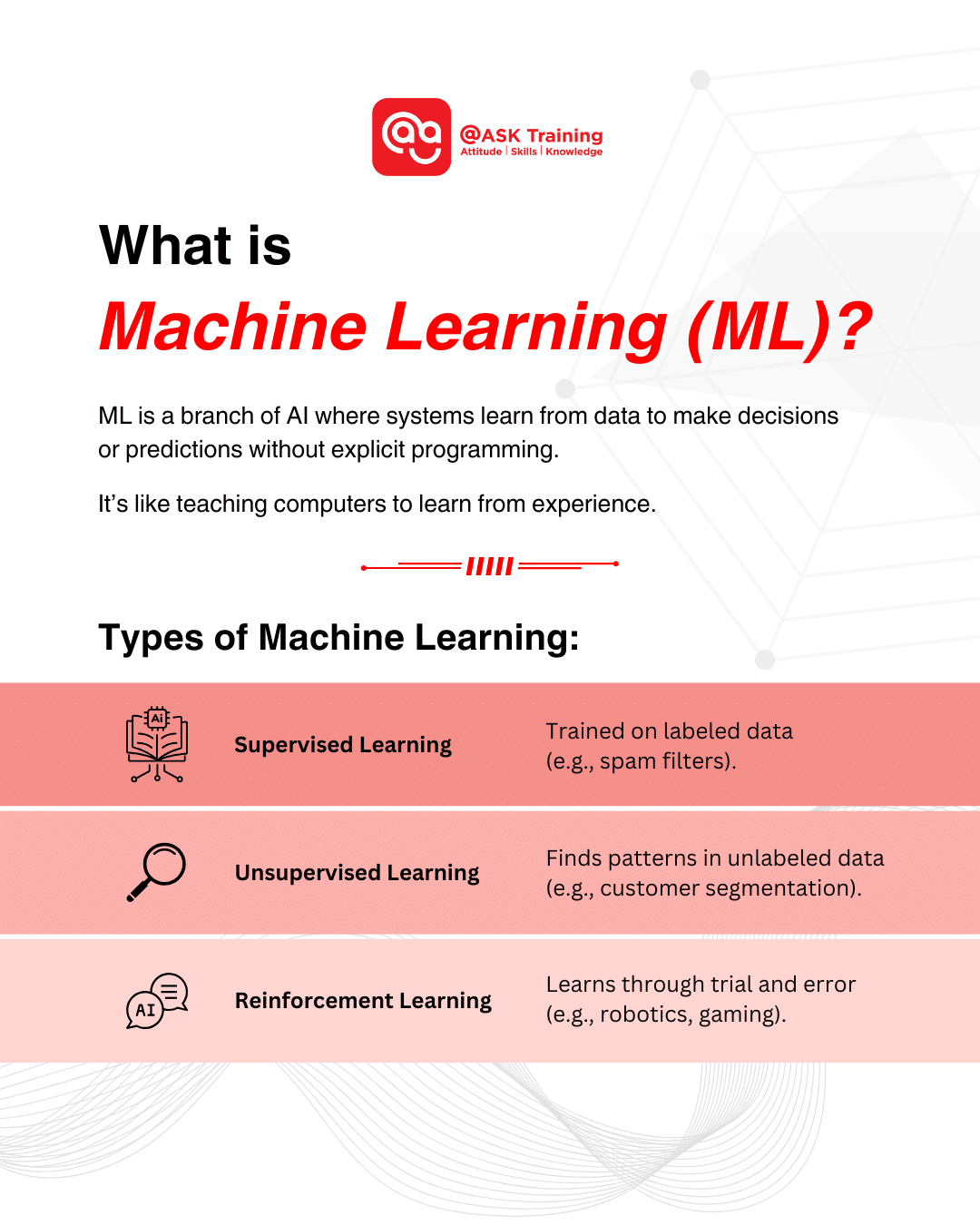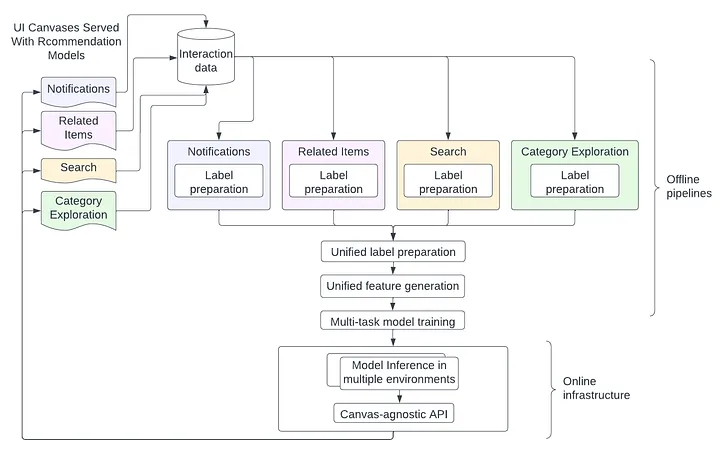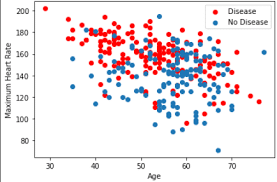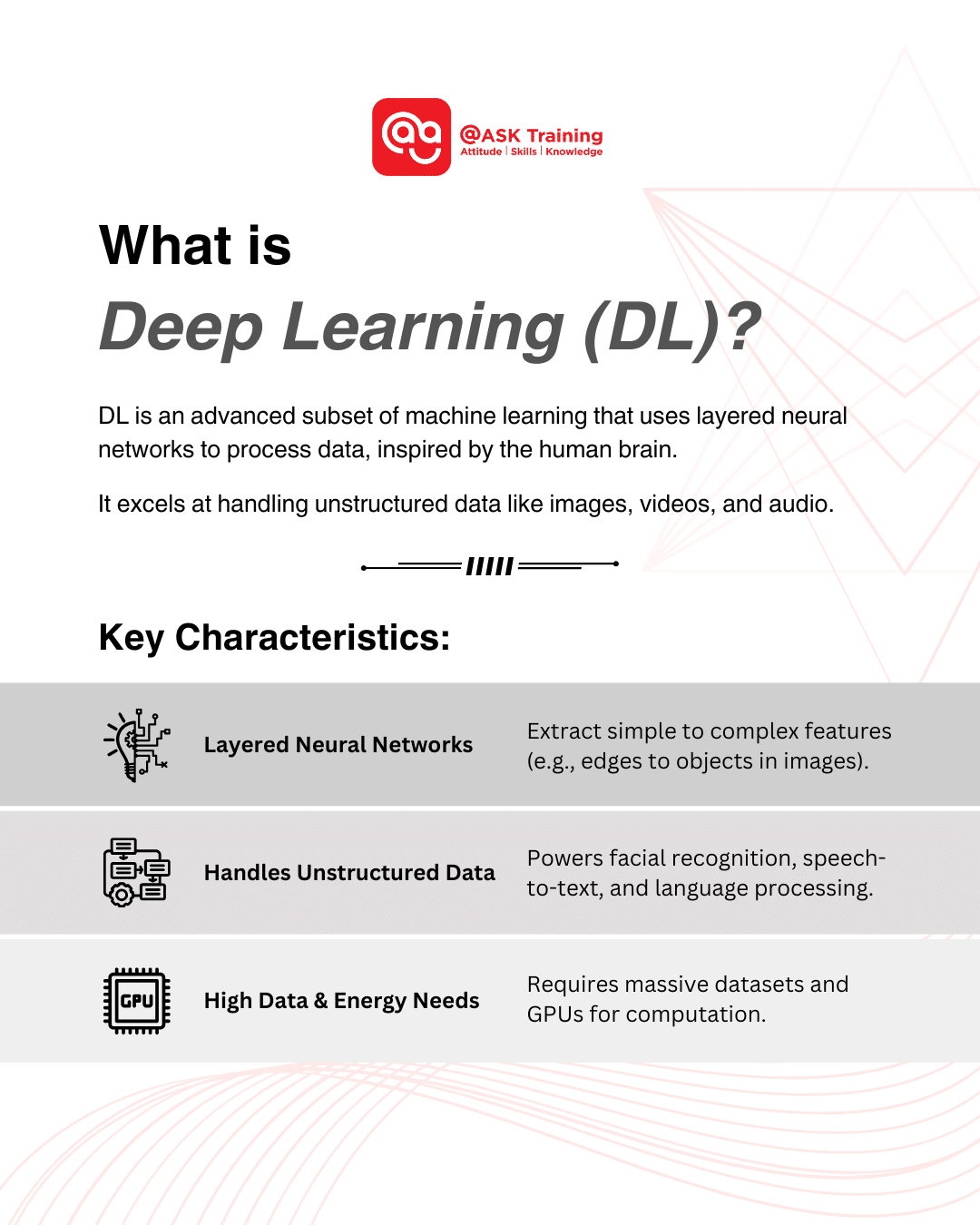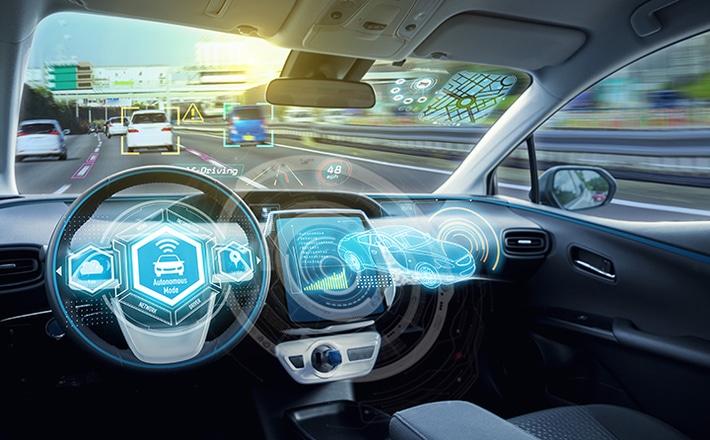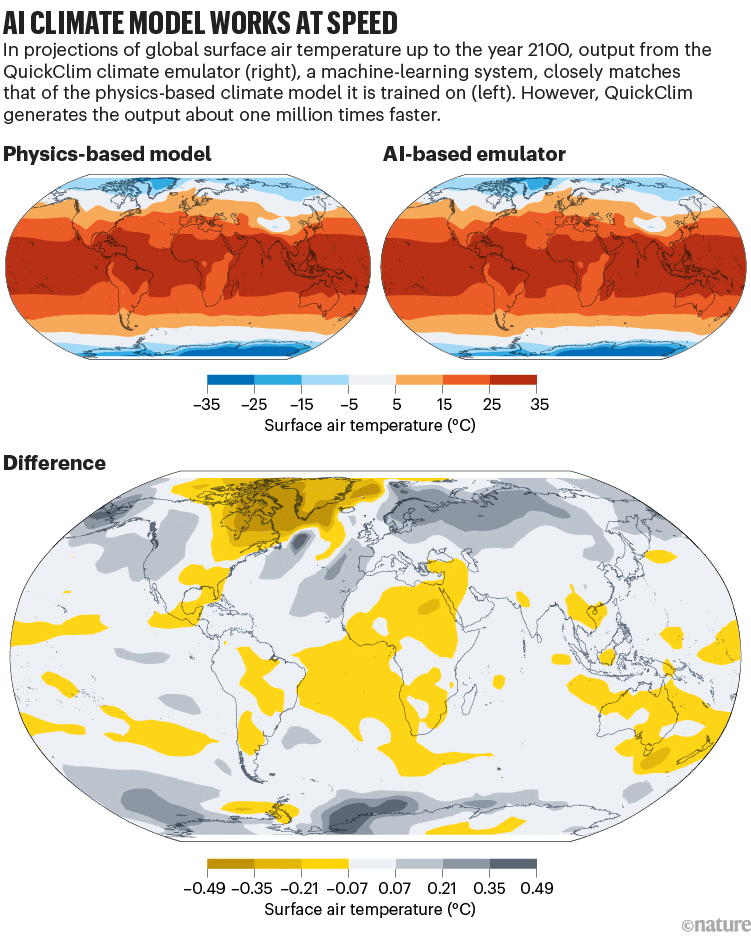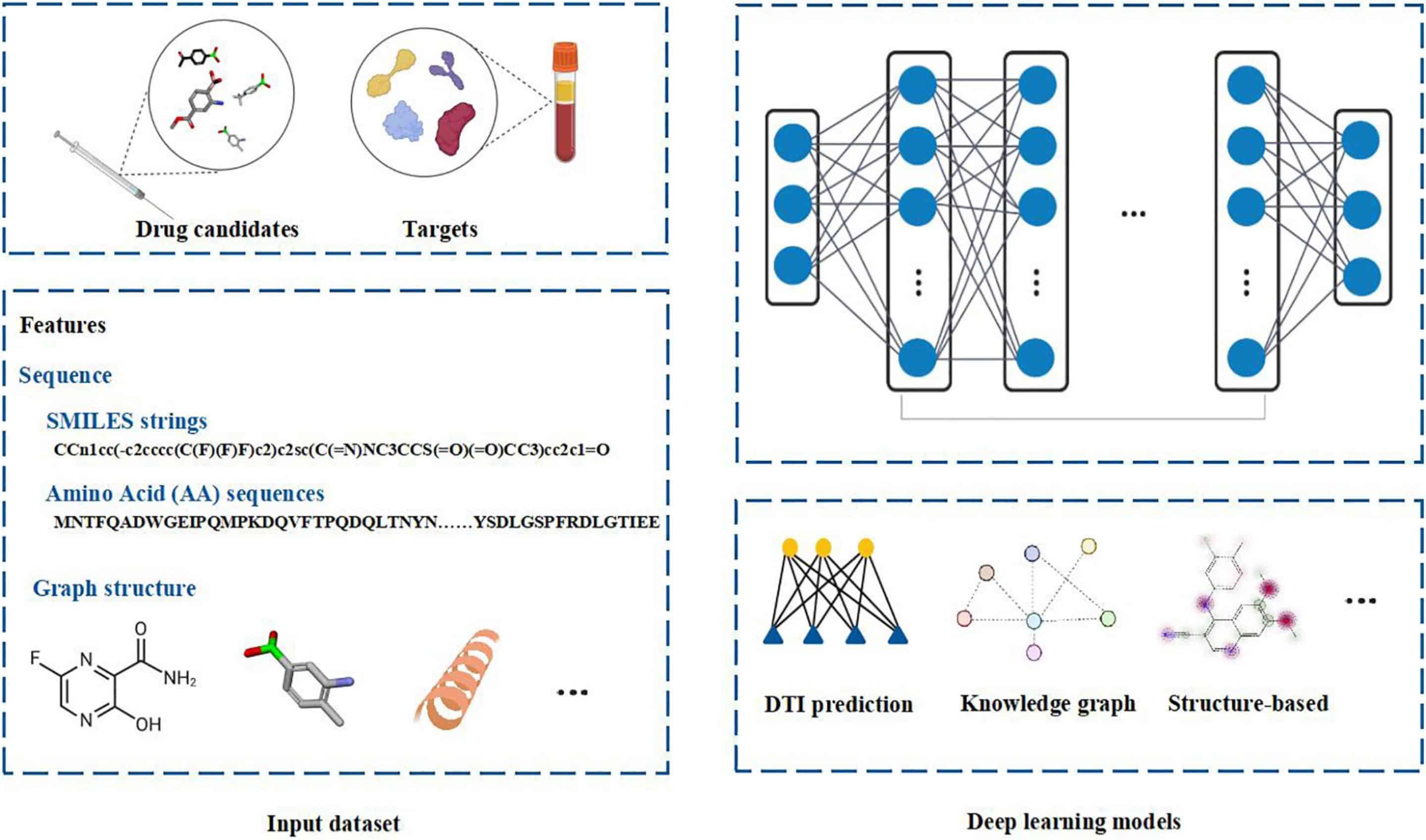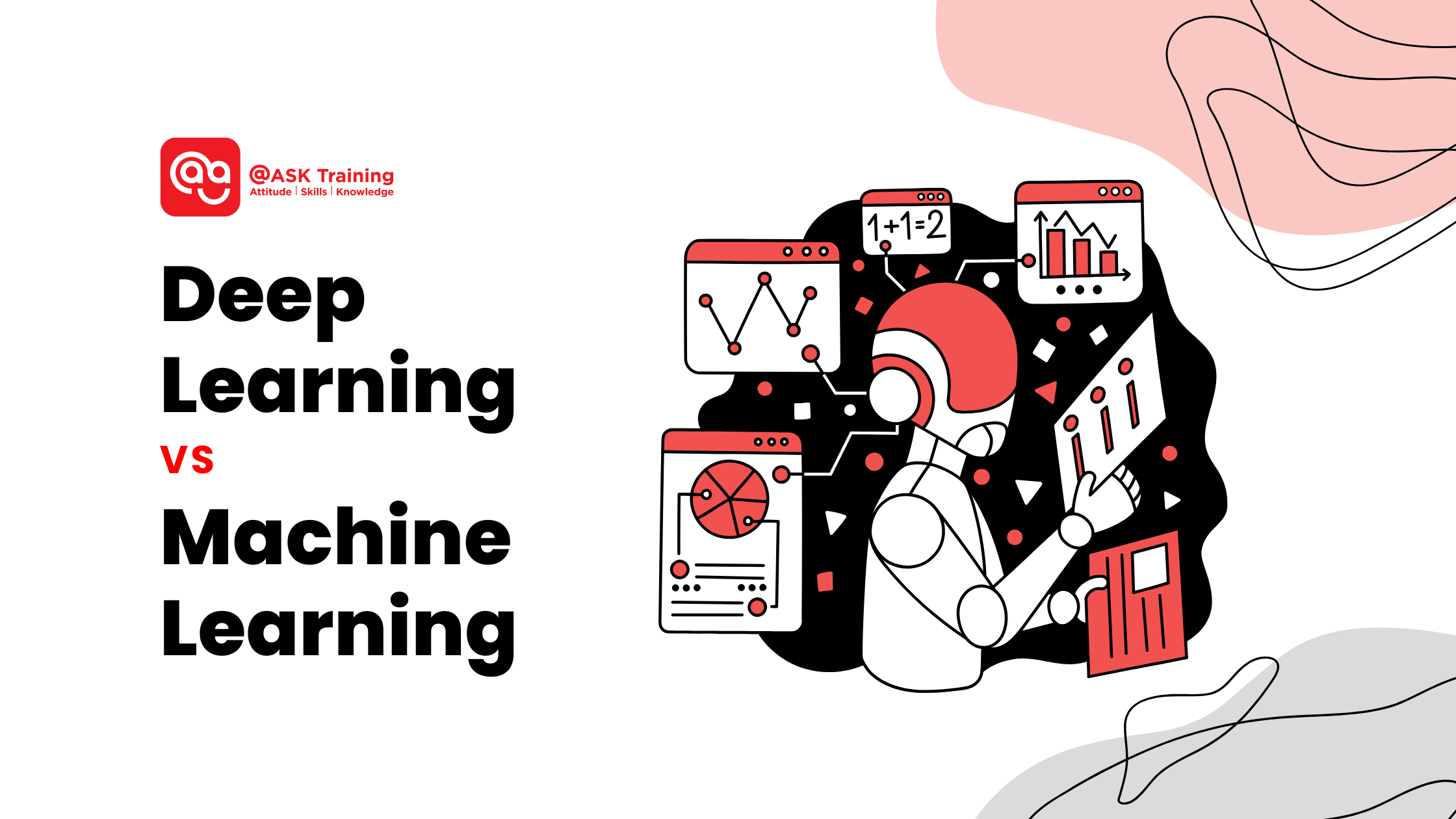
What’s no longer just a futuristic buzzword, but a rapidly evolving reality transforming industries and reshaping how we live and work? Yes, it’s Artificial Intelligence (AI).
At the core of this transformation are Machine Learning (ML) and Deep Learning (DL), two powerful subsets of AI that often get confused. Here’s the thing though, while they’re related, they’re not the same.
Understanding the differences between them is key to unlocking their potential, whether you’re a tech enthusiast, a business leader, or a student looking to dive into the world of AI.
In this article, we’ll break down what machine learning and deep learning are, explore their key differences, and look at real-world applications. We’ll also touch on how they fit into the broader AI landscape and discuss future trends.
What is Machine Learning?
Let’s start with Machine Learning (ML) basics. ML is a branch of AI that focuses on teaching systems to learn from data and make decisions or predictions without being explicitly programmed. You can think of it as giving a computer the ability to learn from experience, just like we do!
The field of machine learning is growing rapidly, especially in the Asia Pacific region, which is expected to see the fastest growth in the ML market. In fact, from 2024 to 2032, the market is projected to grow at an impressive rate of 39.52% annually.
This means more businesses and industries are adopting ML to solve complex problems, improve efficiency, and drive innovation. Let’s take a look at the types of machine learning.
Types of Machine Learning
Supervised Learning
This is like teaching a child with flashcards. The model is trained on labeled data, where the input and output are known. For example, spam filters use supervised learning to classify emails as “spam” or “not spam”.
Unsupervised Learning
Here, the model works with unlabeled data and tries to find patterns on its own. A great example is customer segmentation, where businesses group customers based on their behaviour without any predefined labels.
Reinforcement Learning
This is all about learning through trial and error. The model interacts with an environment and gets feedback in the form of rewards or penalties. It’s widely used in robotics and gaming, where the system learns to achieve a goal by making mistakes and improving over time.
Real-World Applications of Machine Learning
Stock Market Prediction
(Source: itransition)
ML algorithms analyse historical data to predict future stock prices, helping traders make informed decisions.
Personalised Marketing
Consolidated ML System for Netflix Large Scale Recommendation System
(Source: Netflix Research)
Ever wondered how Netflix knows what shows to recommend you? That’s ML at work, analysing your viewing habits to suggest content you might be interested in.
Health Diagnostics
Heart Disease Prediction using Machine Learning
(Source: International Journal of Engineering Research & Technology)
Hospitals are using ML to predict diseases by analysing patient data, enabling early intervention and personalised treatment plans.
Now that we’ve covered the basics of machine learning, let’s take a deeper dive into its more advanced counterpart – deep learning.
What is Deep Learning?
Deep Learning (DL) is a more advanced subset of machine learning. DL uses neural networks – complex systems inspired by the human brain to process data.
These neural networks consist of multiple layers that extract increasingly complex features from the data, making DL particularly good at handling unstructured data like images, videos and audio.
From 2025 to 2030, the deep learning market in the Asia Pacific region is expected to grow at a rate of over 31.8% annually. This rapid growth is fueled by advancements in big data analytics (the ability to process and analyse massive amounts of data) and computing power (the hardware needed to run complex algorithms).
As a result, industries across the region are adopting deep learning to solve some of the most challenging problems, from healthcare to autonomous driving. Let’s look at the key characteristics of DL.
Key Characteristics of Deep Learning
Layered Neural Networks
Imagine a stack of filters. The first layer might detect simple features like edges in an image, while deeper layers identify more complex patterns like shapes or objects.
Handling Unstructured Data
DL shines when it comes to tasks like facial recognition, speech-to-text conversion and even natural language processing.
High Data and Energy Requirements
DL models need massive amounts of data and computational power, often requiring specialised hardware like GPUs (Graphic Processing Units).
Real-World Applications of Deep Learning
Here are a few examples of deep learning applications:
Autonomous Vehicles
(Source: Data Science Central)
Self-driving cars use DL to recognise pedestrians, traffic signs, and other vehicles, making them safer and more efficient.
Climate Modeling
Climate Model with AI
(Source: Nature)
Especially when climate change today is a pressing concern, DL models analyse vast amounts of data to predict weather patterns and assess the impact of rising sea levels.
Drug Discovery
Deep Learning Driven Drug Discovery
(Source: Frontiers)
DL is revolutionising healthcare by speeding up the process of identifying potential drug candidates by analysing molecular structures and biological data.
Key Differences: Machine Learning vs Deep Learning
While both ML and DL are part of the AI family, they have some key differences that set them apart.
Let’s break it down:
Machine Learning vs Deep Learning Comparison
| Aspect | Machine Learning | Deep Learning |
| Data Requirements | Works well with smaller datasets | Requires large amounts of data |
| Feature Engineering | Manual feature selection is often required | Automates feature extraction |
| Hardware Needs | Can run on standard CPUs | Requires specialised hardware like GPUs |
| Model Complexity | Simpler models, easier to interpret | Highly complex models, less interpretable |
| Interpretability | More transparent and explainable | Often considered a “black box” |
Breaking It Down Further:
Data Requirements
Deep learning thrives on large datasets, which is why it’s so powerful for tasks like image and speech recognition. However, this also means it’s not always practical for smaller-scale projects.
Machine learning, on the other hand, can work with smaller datasets, making it more accessible for businesses that may not have access to massive amounts of data.
Feature Engineering
In traditional machine learning, humans often need to manually select and engineer features (the variables used to make predictions).
Deep learning automates this process, which is great for scalability but can make the models harder to interpret.
Hardware Needs
Deep learning models are computationally intensive and often require GPUs, which consume a lot of energy. This is a growing concern, especially in Singapore, where energy efficiency and sustainability are key priorities.
Machine learning models, in contrast, can often run on standard CPUs, making them more energy efficient.
Model Complexity and Interpretability
Machine learning models are generally simpler and easier to interpret, which is important in fields like healthcare or finance where transparency is crucial.
Deep learning models, while powerful, are often seen as “black boxes” because their decision-making process is harder to understand.
Use Cases and Applications
Machine Learning Applications
Health Diagnostics: Companies like IBM Watson Health use ML to predict diseases by analysing patient data, enabling early intervention and personalised treatment plans.
Real-Time Bidding: Platforms like Google Ads use ML algorithms to optimise digital ad placements by predicting user behavior and bidding in real-time auctions.
Energy Predictions: Companies like Siemens use ML to manage energy consumption in smart grids by forecasting demand and optimising resource allocation.
Deep Learning Applications
Gaming AI: Companies like NVIDIA use DL to create intelligent opponents in video games, making the gaming experience more immersive and challenging.
Automated Translation: Tools like Google Translate use deep learning to improve the accuracy and fluency of translations across multiple languages.
Predictive Policing: Law enforcement agencies use DL models to analyse crime patterns and predict high-risk areas, helping them allocate resources more effectively.
Machine learning and deep learning are just two pieces of the larger AI puzzle. To fully understand their impact, it’s important to see how they fit into the broader AI landscape.
How Machine Learning and Deep Learning Fit into the Broader AI Landscape
Machine learning and deep learning are both subsets of AI, but they serve different roles within the broader AI ecosystem. AI is the overarching field that aims to create systems capable of performing tasks that typically require human intelligence.
Machine learning is a method for achieving AI, and deep learning is a specialised technique within machine learning.
AI as the Umbrella: AI encompasses everything from simple rule-based systems to complex neural networks. Machine learning and deep learning are tools within this toolbox, each suited for different tasks.
ML for General Tasks: Machine learning is often used for tasks that require interpretability and work with structured data, such as fraud detection or customer segmentation.
DL for Complex Tasks: Deep learning excels at handling unstructured data and complex tasks like image recognition, natural language processing, and autonomous driving. For example, ChatGPT is a form of Deep Learning AI
As machine learning and deep learning continue to evolve, several key trends and challenges are emerging.
Let’s take a closer look at what the future holds for these technologies.
Future Trends and Technological Implications
As machine learning and deep learning continue to evolve, several key trends and challenges are emerging:
1. Energy Consumption
Deep learning models, especially those used for large-scale tasks like training autonomous vehicles or natural language processing, require significant computational power. This translates to high energy consumption, which is a concern for sustainability. Researchers are exploring ways to develop more energy-efficient algorithms and hardware.
2. Bias and Fairness
Both ML and DL models can inherit biases from the data they are trained on. For example, a facial recognition system trained primarily on data from one ethnic group may perform poorly on others. Addressing bias and ensuring fairness in AI systems is crucial, especially in diverse societies.
3. Scalability
As businesses and governments adopt AI, scalability becomes a key concern. Machine learning models are often easier to scale for smaller datasets, while deep learning models require more resources but can handle larger, more complex datasets.
4. Transfer Learning
Transfer learning is a technique where a model trained on one task is repurposed for a related task. This is particularly useful in deep learning, where training models from scratch can be resource intensive.
For example, a model trained to recognise objects in images can be adapted for medical imaging tasks.
5. Human-in-the-Loop
Human-in-the-loop systems combine human expertise with AI to improve decision-making. For instance, in healthcare, a doctor might use an AI system to assist in diagnosing diseases, but the final decision rests with the human expert. This approach is gaining traction, particularly in fields where human judgment is critical.
As we’ve seen, machine learning and deep learning are powerful tools with distinct strengths and challenges. Let’s wrap up by summarising their importance and looking ahead to what the future holds.
Wrapping Up
So, what’s the takeaway? Machine learning and deep learning are both powerful tools, but they serve different purposes. Machine learning is great for tasks that require transparency and work with smaller datasets, while deep learning excels at handling complex, unstructured data.
Both are driving innovation across industries, from healthcare and finance to gaming and climate science.
However, as we continue to adopt these technologies, it’s important to address challenges like energy consumption, bias, and scalability to ensure that AI benefits everyone.
By staying informed about these trends, we can harness the power of machine learning and deep learning to create a smarter, more efficient future.
Stay Ahead in the Fast-Paced World of Technology
@ASK Training is here to help you stay ahead in today’s tech-driven world! Our Emerging Technologies and Trends course is your gateway to understanding the latest innovations shaping the future.
We offer a wide range of full and individual IT courses to equip you with the knowledge and hands-on experience to excel in the rapidly evolving field of AI.
You can also explore our other AI-related courses:
- Mastering ChatGPT for Strategic Communication: Learn to leverage ChatGPT to enhance strategic communication in a professional capacity.
- Generative AI for Digital Marketing: Explore Generative AI (GenAI) in digital marketing and its practical applications.
- Microsoft 365 & Copilot for Data Management: Learn to manage, share and utilise data securely with Microsoft 365 and Copilot to ensure compliance and efficiency.
Check out our range of courses today and don’t get left behind!
Related Courses
- Emerging Technologies and Trends
- Mastering ChatGPT for Strategic Communication
- Generative AI for Digital Marketing
- Microsoft 365 & Copilot for Data Management
◆◆◆

